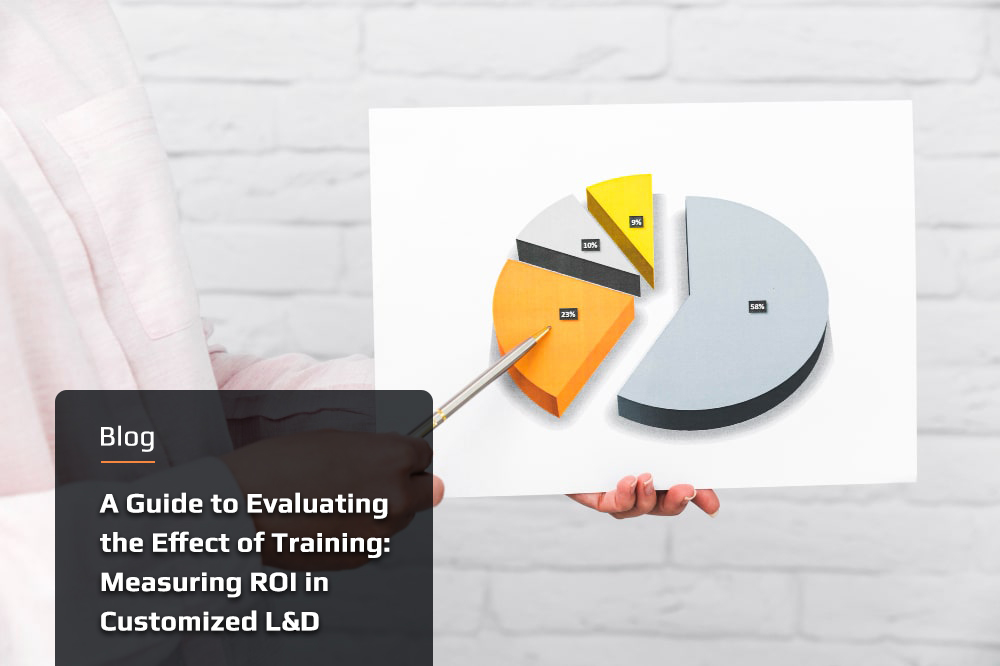
Measuring ROI in Customized L&D: A Guide to Assessing Training Impact
- Our Subject Matter Experts
- November 7, 2023
- 10:00 pm
- No Comments

Article Content
Overview
Investing in Corporate Leadership Development Programs, particularly those focused on custom skills building for professionals is a strategic move that can significantly benefit both employees and organizations. However, to justify these investments and optimize their impact, it’s crucial to measure the Return on Investment (ROI) in L&D. In this blog, we’ll explore the importance of ROI assessment and provide a guide on how to measure it effectively.
Why Measuring ROI in Customized L&D Matters
1. Justification of Investment: Customized L&D programs often require substantial resources, including time and budget. Measuring ROI helps organizations justify these investments by demonstrating the tangible benefits and returns.
2. Optimized Resource Allocation: ROI assessment informs organizations about the effectiveness of their L&D initiatives. This data allows them to allocate resources more efficiently and invest in programs that yield the highest returns.
3. Continuous Improvement: ROI measurement provides insights into what works and what needs improvement in customized L&D programs. This data supports ongoing program enhancement and refinement.
Steps to Measure ROI in Customized L&D
1. Set Clear Objectives: Start by defining clear, measurable objectives for your customized L&D program. What skills or competencies do you aim to improve? How will these improvements benefit the organization?
2. Data Collection: Gather data before and after the L&D program to measure the impact accurately. This may include pre-training assessments, performance metrics, and feedback from participants and their supervisors.
3. Cost Calculation: Calculate the total cost of the customized L&D program. Include expenses related to program design, delivery, materials, and any other relevant costs.
4. Measure Learning Impact: Assess the knowledge and skills gained by participants during the training. This can be done through post-training assessments, evaluations, or skill demonstrations.
5. Performance Improvement: Evaluate whether the skills acquired through the customized L&D program have translated into improved job performance. This might involve tracking specific performance metrics or conducting performance reviews.
Conclusion
Measuring ROI in customized L&D programs, especially those focusing on custom skills building for professionals, is essential for organizations looking to make informed decisions and maximize the impact of their investments. By setting clear objectives, collecting data, and evaluating both tangible and intangible benefits, organizations can demonstrate the value of customized L&D initiatives and continuously enhance their workforce’s capabilities. Ultimately, this commitment to measuring ROI contributes to organizational growth and success.






